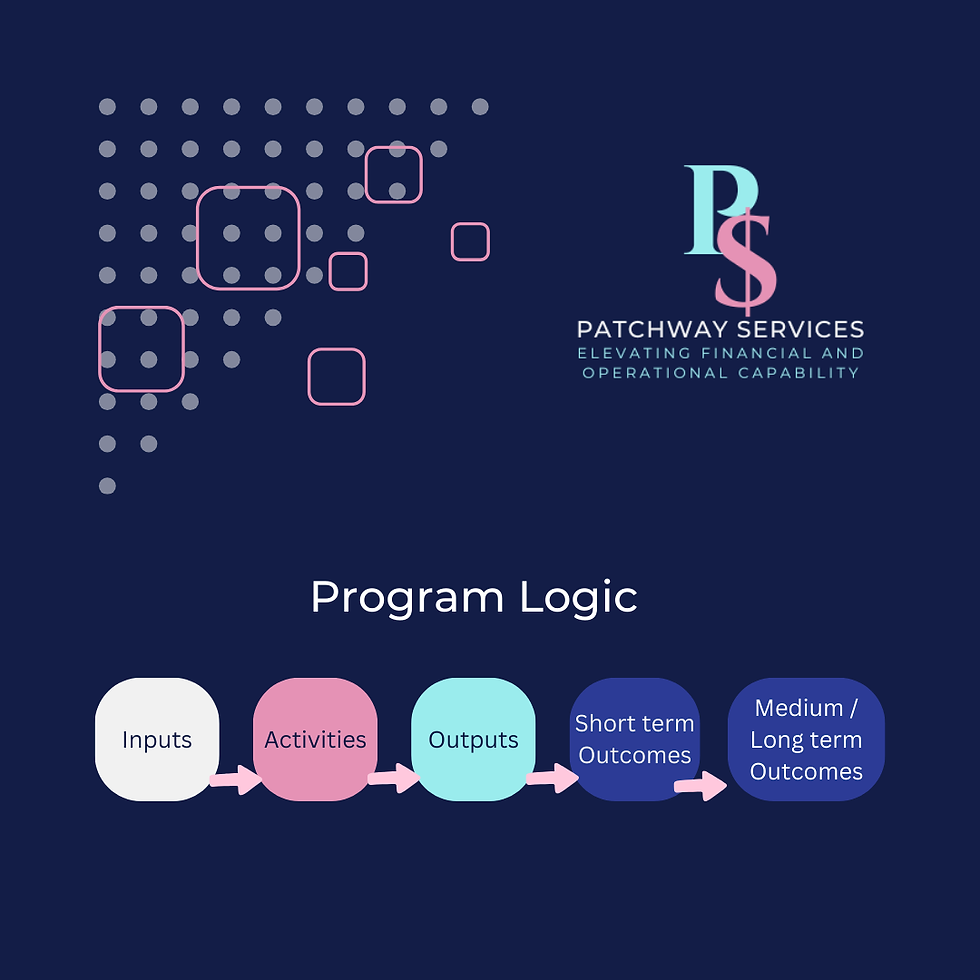7 key steps to develop a Cost Benefit Analysis (CBA)
- Stuart Patch
- Aug 1, 2025
- 3 min read
Updated: Jul 28, 2025

Continuing on the theme of developing a business case, one of the areas of the case which is often perceived to be the most complex is the cost benefit analysis (CBA). Whilst this perception can be very valid, by following a logical stepped approach it can help you contribute better to the development of the CBA and understand the results, even if you do need to engage some technical assistance.
This understanding is important as it will identify the key actions you will need to take to deliver the business case and realise the associated benefits.
1 - Define the objectives and the options
A key place to start is by simply re-stating the objectives of your business case and clearly defining the options that have been developed.
It is important that you are clear on these definitions as this will help guide the following steps.
Refer to the 9 key steps to prepare a business case for more information.
2 - Identify Costs and Benefits
For each option identify and the describe the benefits. What is the benefit, how will it come
about and when will it materialise. Remember to link these back to your objectives, there should be an alignment.
Similarly what costs will be incurred, make sure you consider both capital and operating costs throughout the lifecycle.
Another important part is how long will the benefits sustain for. This identifies how many years to assess your cost benefit analysis over.
3 - Forecast the Costs and Benefits
Once the costs and benefits have been defined now you need to consider how they will evolve over the life of the case (the period defined in the last step).
For example, if you have an environmental initiative where one of the benefits is reducing
CO2, how much CO2 will be reduced in each year of the case.
Developing robust forecasts of how the costs and benefits change is critical, so make sure your assumptions are sound.
4 - Value the Costs and Benefits
Now you have the forecasted quantities of costs and benefits, now it is time to value them. Do not rush to this step before you are clear on steps 2 and 3 as there can be a tendency for the dollars to take over your thinking.
Using the example of the volume of CO2 that was reduced in step 3, we would multiply the defined quantities by a cost of carbon to establish a dollar benefit.
5 - Assess the net benefit of each option
This is where we need to consider the time value of money and assess the net present value of each option.
You may also want to understand the benefit cost ratio, which assesses the relative present value benefits to present value costs. This is useful to take into account the size of if the option.
For example: a bigger investment would be expected to deliver a bigger NPV.
Note: understanding and developing Net Present Values will be the topic of a future post
6 - Develop the sensitivity analysis
Your cost benefit analysis from step 5 will be based on key assumptions. What if those assumptions don’t materialise as you expected? Could the dollar amount change or the forecast quantities reduce?
This is the role of sensitivity analysis to stress test options to a change in the key assumptions. Ideally you will have a statistical view on how much your assumptions can change. In lieu of this you may test if the assumption changes by plus or minus 10%.
7 - Summarise and articulate the results
The final step is to summarise the results and include them in the business case.
This is where the presentation of a summary table can be helpful, highlighting the benefits, the costs and the net present value for each option.
An explanation of what the table of results means and a summary of the sensitivity analysis is also useful. Don't assume everyone understands what the numbers are telling them.




Comments